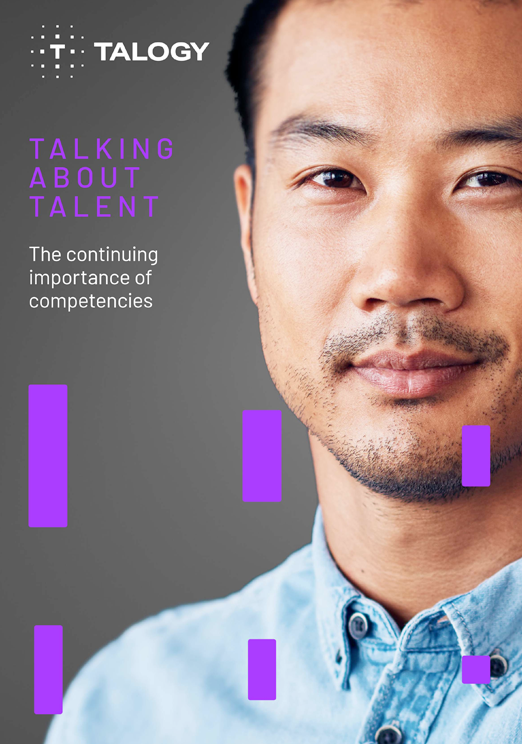I liked it. You liked it. We all liked it.
That’s what you do on Facebook. You hit that little hand icon to ‘like’ your friends’ posts.
But sometimes a thumbs up is not an accurate expression of how you feel about something posted. In our tech-driven world full of taco and crying cat emojis, people are looking for more and more ways to express themselves.
Facebook’s solution was to create Reactions, a series of six emotion icons that includes love, anger, wow, yay, sad, and haha. So now, if your friend says that he was involved in a fender bender and shares a picture of a caved-in bumper, you can do more than awkwardly ‘like’ his status to acknowledge that you read it – you can express surprise (wow!) or sympathy (sad).
Basically, Facebook is moving from a single, one-dimensional reaction to multiple emotions, painting a more detailed picture of how its users feel about posts on the social media network.
OK, so at this point you may be wondering what Facebook’s move from a simple thumbs up to a bunch of yellow animated faces have to do with your business.
Traditional hiring tools and methods can often provide an accurate snapshot of a candidate. But is that enough? Instead of considering a static image, wouldn’t you get a richer, more detailed visual by holding a 3-D model in your hands?
This is where people analytics comes in. When you’re looking for the best fit for a position, whether hiring a new candidate or choosing an internal candidate to fill a leadership role, more is better: more information, more views, more ways to use your data. As job requirements, corporate structures, business goals, and teams change, companies need a real-time, dynamic look at the candidate pool and their workforce in order to place the right people in the right roles.
In today’s World of Work, it’s not enough to simply ‘like’ your hiring process. You need something that’s efficient, data-driven, and worth celebrating.
*insert ‘yay’ Reaction face*

